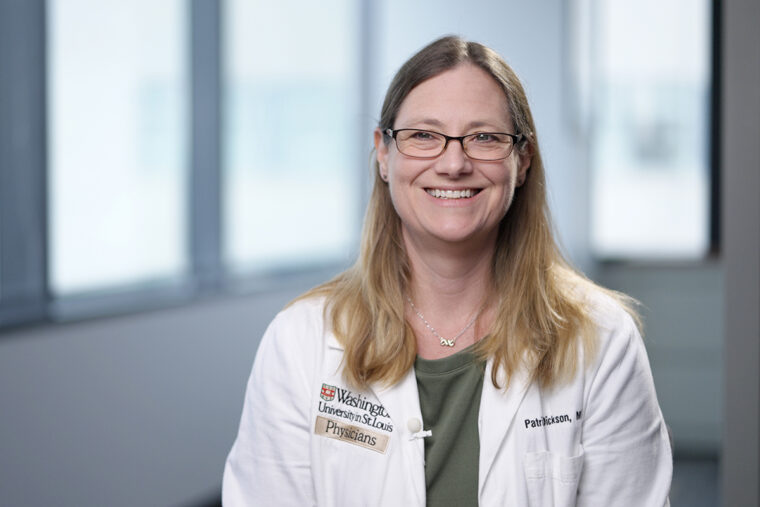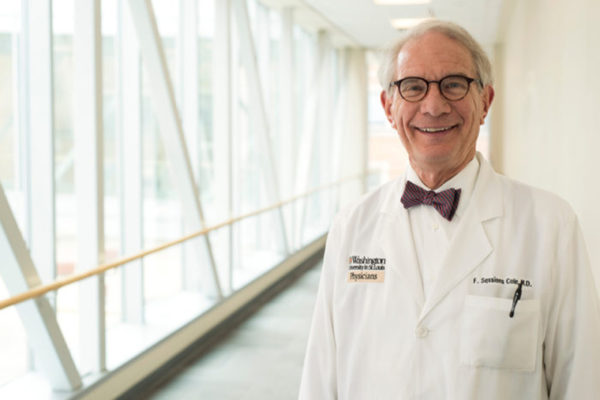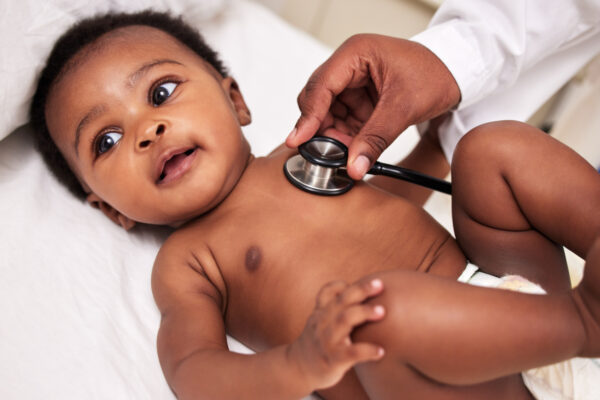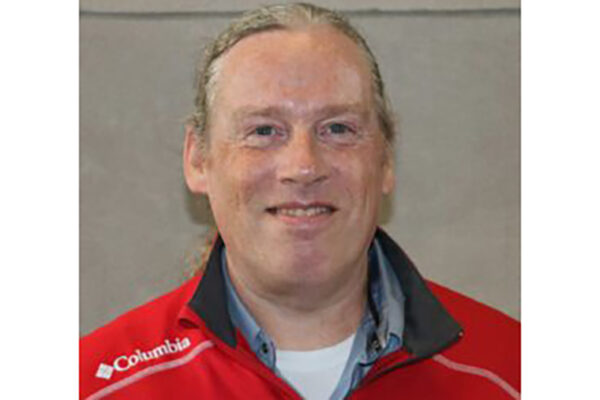Washington University School of Medicine in St. Louis has launched the Center for Rare, Undiagnosed and Genetic Diseases, supported by an $8.5 million grant from Children’s Discovery Institute (CDI), a partnership with St. Louis Children’s Hospital, St. Louis Children’s Hospital Foundation and WashU Medicine. The new center brings together WashU Medicine researchers and the rare disease patient community, creating a collaborative network to drive innovative research and accelerate drug discovery.
“The St. Louis area has a robust rare disease patient population,” said Patricia Dickson, MD, the Centennial Professor of Pediatrics and a professor of genetics at WashU Medicine and the new center’s director. “WashU Medicine has the resources that enable cutting-edge rare disease research. But the two have not connected well. The patient-facing center fosters that connection, helping to deliver more diagnoses and create therapies for rare disease patients.”
Patients in Missouri and surrounding states with unexplained symptoms who have exhausted their community’s diagnostic resources often turn to WashU Medicine for answers. With support from the National Institutes of Health (NIH), the Undiagnosed Diseases Network (UDN) Diagnostic Center of Excellence helps patients who, despite extensive medical evaluation, remain undiagnosed. WashU Medicine joined the network in 2018 and is among 15 clinical sites nationwide with the resources to help solve the toughest cases. Washington University and BJC Healthcare are also a founding center of excellence site for the National Organization for Rare Disorders. Such sites are dedicated to advancing care for patients with rare diseases.
In-house genetic diagnostic testing recently launched by the Clinical Genomics Laboratory, a collaboration between the Departments of Pathology & Immunology and Genetics, can rapidly identify genetic variations that may be linked to a patient’s medical condition. Through WashU Medicine’s model organism screening center, co-led by Stephen Pak, PhD, a professor of pediatrics, and Tim Schedl, PhD, a professor of genetics, researchers can then insert those genetic variations into model organisms in the lab to probe their functions and observe whether they lead to conditions similar to those in the patients. The new rare disease center will provide additional funding to support UDN’s expansion of its diagnostic capabilities, helping even more patients whose cases remain unsolved.
Beyond diagnosis, the center also aims to help patients with rare diseases for which there are no treatments. Established resources in WashU Medicine’s clinical research units are partnering with the center to help investigators pursue clinical trials for rare disease. Educational workshops will train researchers in clinical research design, reducing barriers to bringing therapies for rare disease to the clinic.
“The center addresses our gap in translational studies for rare disease,” said Dickson. “Rare disease clinical trials are very different from larger, more-common disease clinical trials. Small patient populations, young participants and invasive therapies are just some of the hurdles that researchers may have to address when designing studies. Creating educational opportunities and a robust infrastructure for translational studies will help researchers overcome such challenges.”
Rare disease clinical trials depend on patients and researchers collaborating. By creating opportunities for WashU Medicine’s rare disease experts and affected families to come together, the center fosters an interconnected ecosystem to help improve genetic diagnostic testing, implement genetic newborn screening, support clinical trials for rare disease therapies and bring new treatments into the clinic.
The new center amplifies a collaborative exchange that is already happening between WashU Medicine researchers and family-founded advocacy groups. Such groups provide essential pilot funds that enable WashU Medicine researchers to secure additional support from larger funders to study and develop diagnostics or therapeutics, Dickson explained. They also help investigators understand patients’ needs to tailor research goals appropriately. More recently, such collaborations have helped create research clinics, which collect data from rare disease patients when they travel from all over the world to seek help from WashU Medicine’s experts. The center will fund such clinics — often lacking stable funding — to facilitate the data collection essential for enhancing the understanding of rare conditions and ultimately develop therapeutics.
The center also supports the annual Rare Disease Day Symposium in February. Now in its third year, the event brings together more than 200 participants, including researchers, patient- and parent- advocates and representatives from rare disease therapeutic companies, to network and learn about rare disease research advances and medical innovations happening at WashU.
“This new center strengthens connections among our vast rare disease research and clinical communities and solidifies collaborations with patients to advance diagnosis and treatment of rare, undiagnosed and genetic disease,” said Gary Silverman, MD, PhD, the Harriet B. Spoehrer Professor of Pediatrics, head of the Department of Pediatrics and executive director of CDI. “It represents a community working together on a shared mission to help patients with often overlooked conditions.”
About Washington University School of Medicine
WashU Medicine is a global leader in academic medicine, including biomedical research, patient care and educational programs with 2,900 faculty. Its National Institutes of Health (NIH) research funding portfolio is the second largest among U.S. medical schools and has grown 56% in the last seven years. Together with institutional investment, WashU Medicine commits well over $1 billion annually to basic and clinical research innovation and training. Its faculty practice is consistently within the top five in the country, with more than 1,900 faculty physicians practicing at 130 locations and who are also the medical staffs of Barnes-Jewish and St. Louis Children’s hospitals of BJC HealthCare. WashU Medicine has a storied history in MD/PhD training, recently dedicated $100 million to scholarships and curriculum renewal for its medical students, and is home to top-notch training programs in every medical subspecialty as well as physical therapy, occupational therapy, and audiology and communications sciences.
Originally published on the WashU Medicine website



